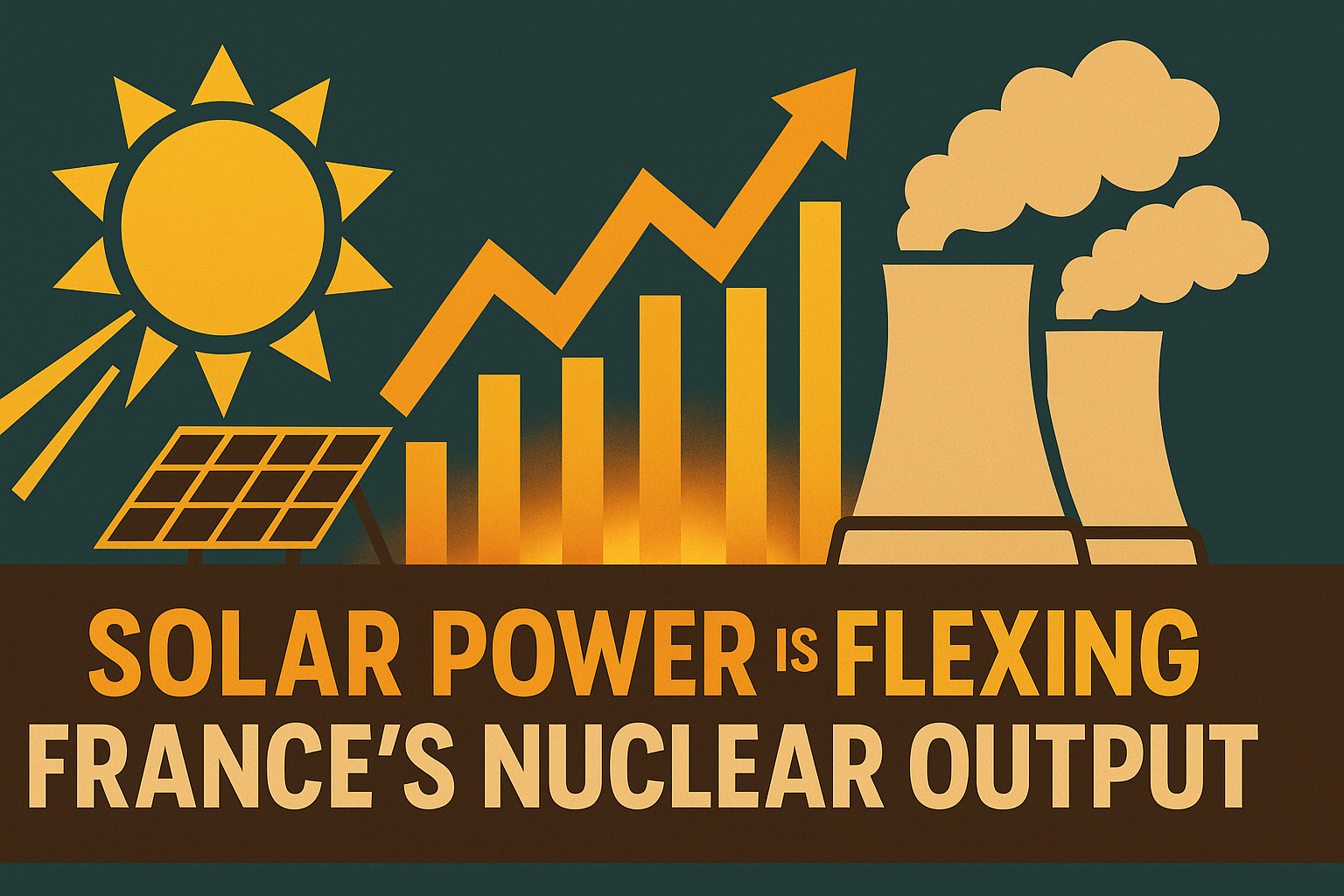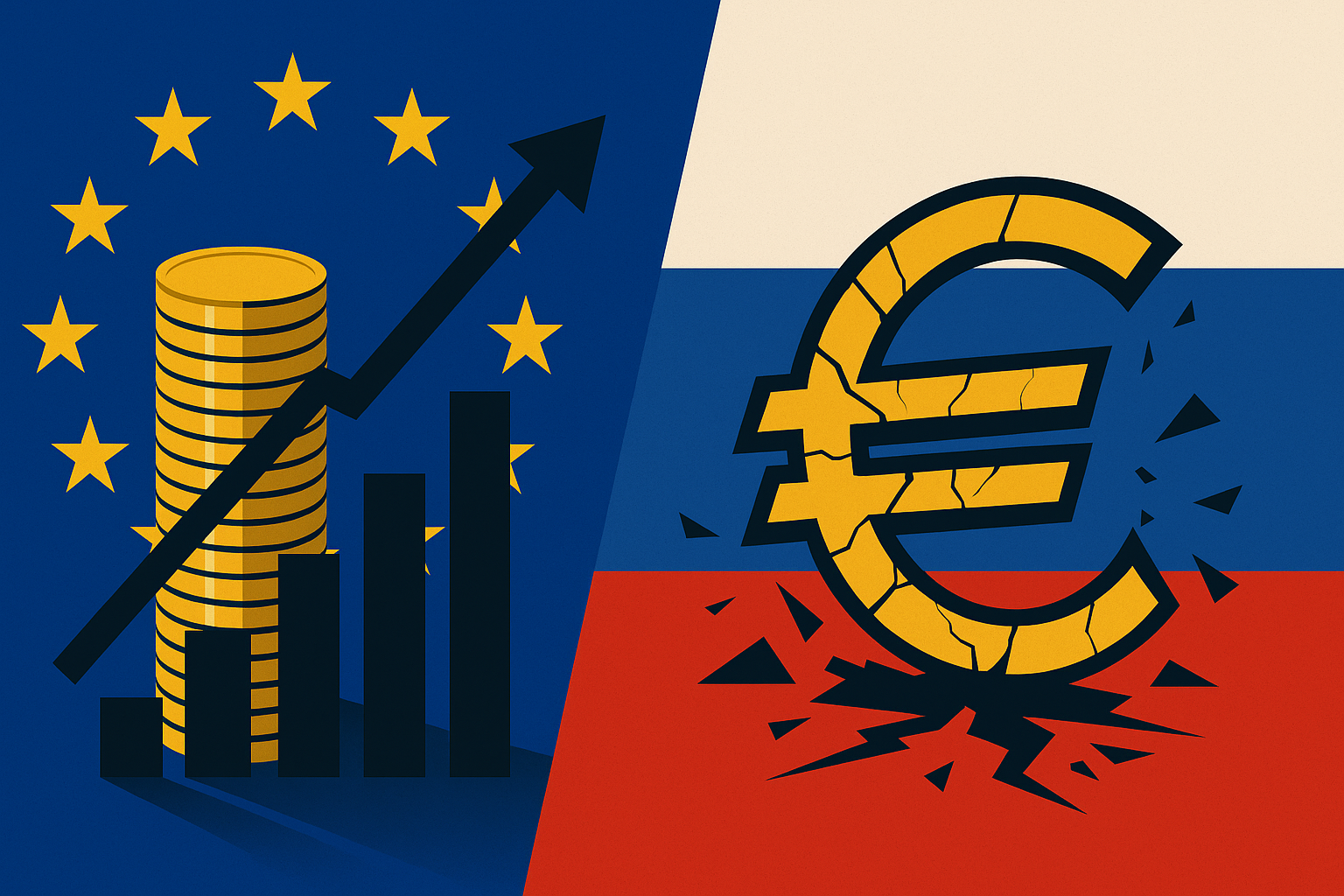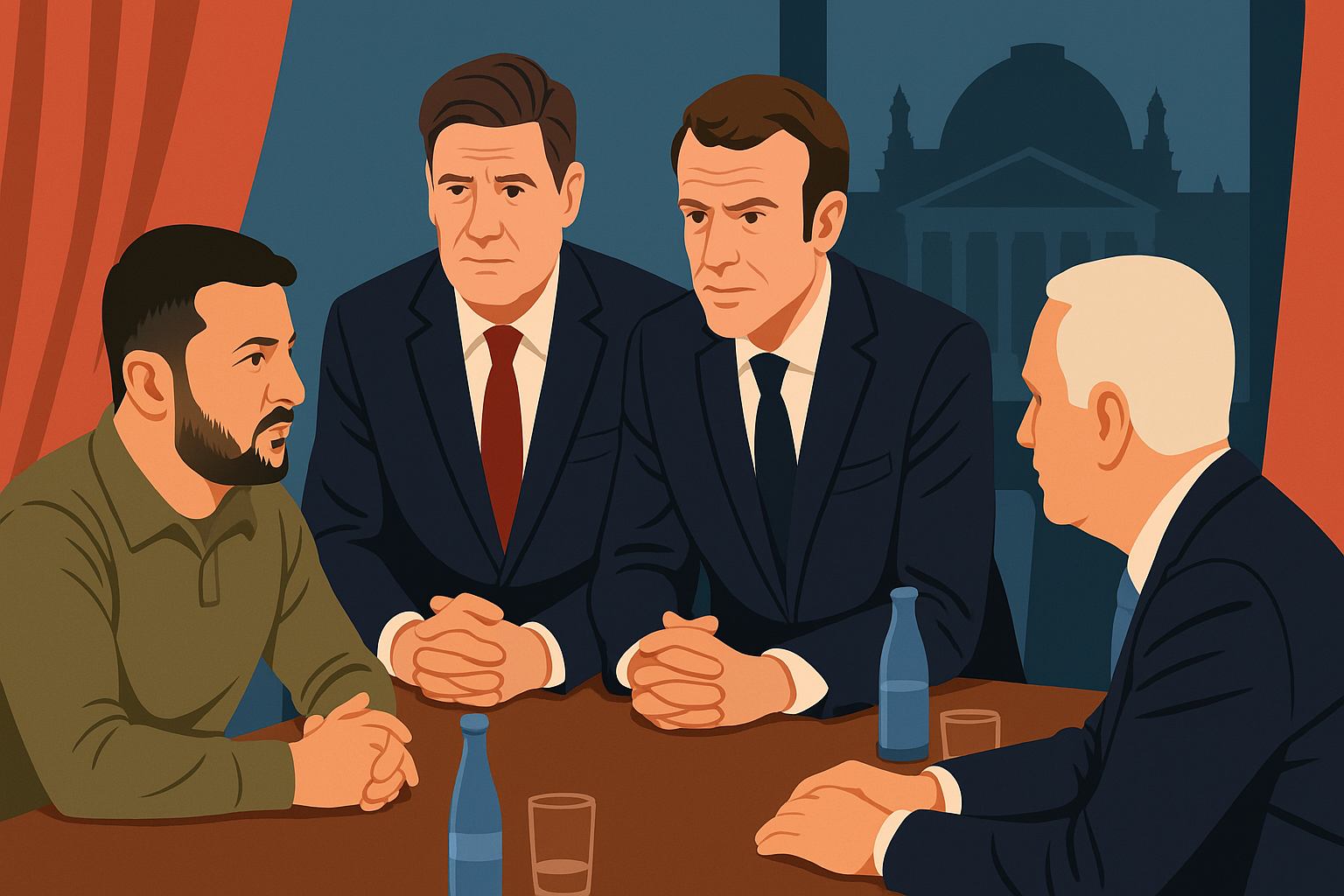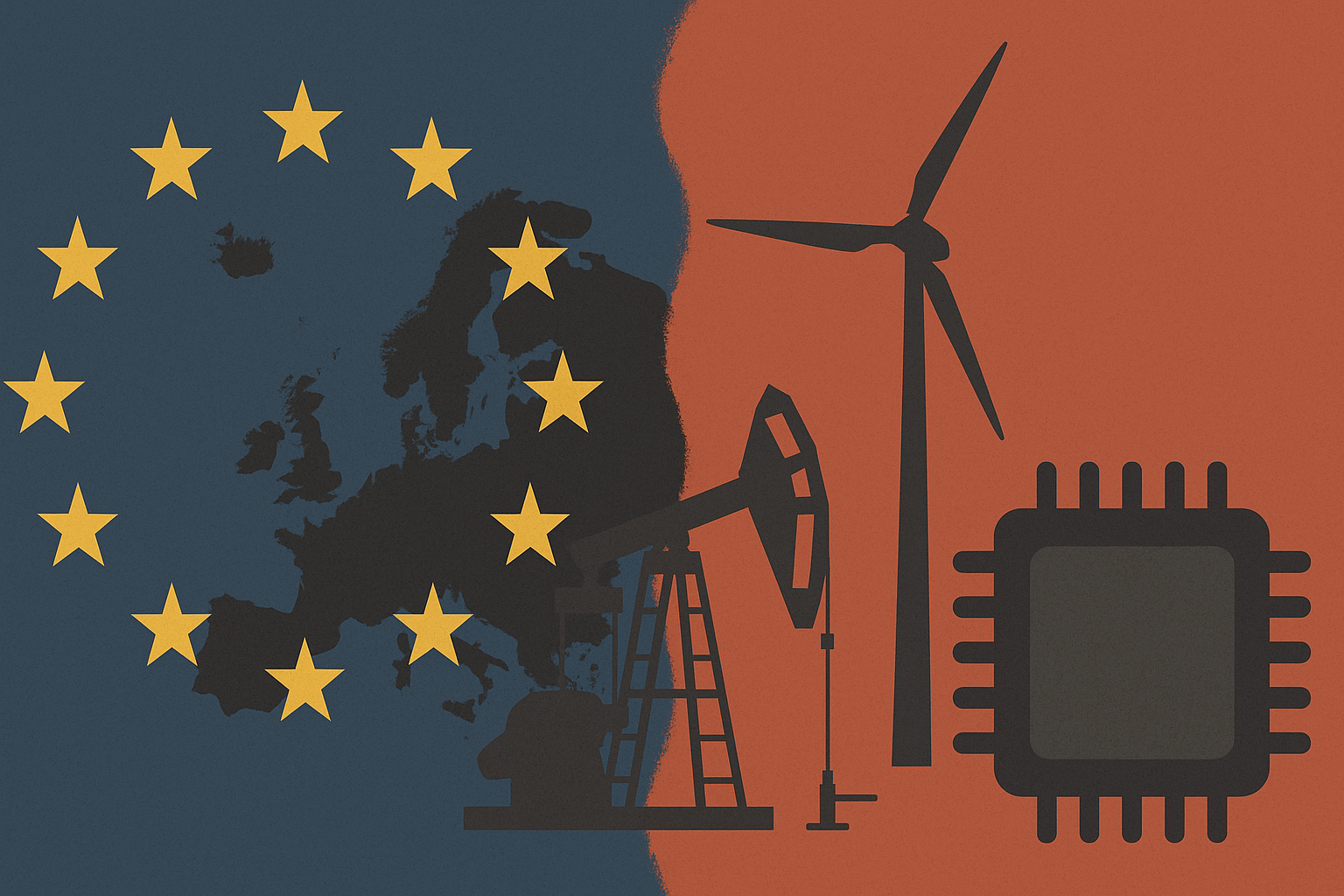Donald Trump’s latest round of meetings with Ukrainian President Volodymyr Zelenskyy and European leaders in Washington presented a calmer atmosphere than expected, but left major questions about the path to peace with Russia unresolved.
A Push for Peace, but Unclear Direction
Trump has signaled a desire to move quickly toward a peace deal between Ukraine and Russia, even suggesting future summits that could involve both Zelenskyy and Russian President Vladimir Putin. However, while his “peace juggernaut” appears to be moving forward, the substance of such an agreement remains uncertain.
Ukraine and its allies entered the talks with two main objectives: to clarify what security guarantees the U.S. would offer Kyiv after a peace settlement, and to prevent Trump from accepting Russian demands that Ukraine surrender additional territory as a prerequisite for peace.
Russia’s Demands and the Land “Swap”
Moscow has sought to establish territorial concessions as a starting point for negotiations. At last week’s Alaska summit with Trump, Putin insisted that Ukraine abandon the parts of Donetsk and Luhansk it still controls. Accepting this would be politically and militarily impossible for Kyiv, while rejecting it risks Trump blaming Ukraine for obstructing talks.
Complicating matters further, Trump’s envoy Steve Witkoff returned from Moscow claiming Russia was willing to consider a land “swap.” Critics view this as misleading, since the arrangement would require Kyiv to give up significant areas still under its control in exchange for minimal returns or for Moscow refraining from further advances.
Security Guarantees as a Counterweight
Ukraine and its European partners have attempted to shift the focus to security guarantees. Witkoff suggested the U.S. could extend “Article 5-like” protections, referring to NATO’s mutual defense clause, though this concept remains vague and limited. Unlike NATO’s formal commitments, such a U.S. guarantee would lack binding military obligations.
Trump himself was less specific during Monday’s meeting, saying only that Washington would provide “a lot of help” and “co-ordination” to European countries rather than offering direct commitments to Ukraine.
A Complex Balancing Act
The unresolved issues highlight the competing pressures in Trump’s approach: on one side, Russia has convinced him that its territorial demands are the basis for any deal; on the other, Ukraine and Europe are pushing for robust security guarantees as the foundation of peace.
For now, Trump’s peace initiative continues to advance, but the underlying contradictions — between territorial sovereignty and long-term security — remain unresolved. Much work lies ahead before any agreement can be reached.








